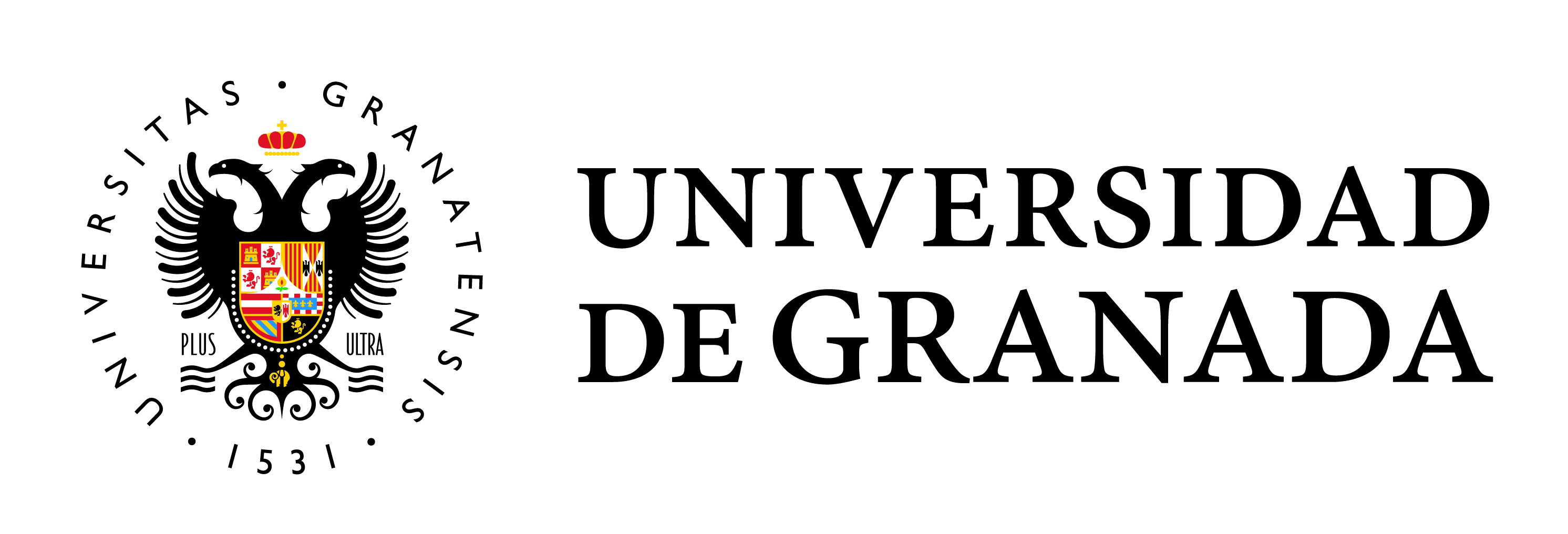Agro-productive transformations and indicators of sustainability in the basin of the Quequén Grande river (Buenos Aires province, Argentina) during the periods 1988-1998 and 1998-2008
Main Article Content
Vol. 50 (2012): 1, Articles, pages 119-146
Submitted: Mar 13, 2013
Published: Jul 13, 2012
Abstract
The Pampas region has strong comparative advantage in agricultural production. Current production models include direct seeding increased use of agrochemicals and the advancement of agriculture has led to a strong fragmentation of natural grasslands. The aim of this study is to analyze the changes in agroproduction Basin of the River Quequén Grande (located in the Pampa Austral) and its consequences for the periods 1988-1998 and 1998-2008. The methodology used was based on the supervised classification of satellite imagery for selected years. The statistics obtained were correlated with estimates of the risk indicators of intervention of the habitat and pesticide pollution. Agriculturization process manifested with different intensity in the geomorphological environments, the unit of hills and mountain range was most affected in both periods, presenting high values of environmental risk.
Keywords:
new agricultural technologies, remote sensing, habitat intervention, agrochemicals, geomorphological environments
Downloads
Article Details
How to Cite
Vázquez, P., Sacido, M., & Zulaica, L. (2012). Agro-productive transformations and indicators of sustainability in the basin of the Quequén Grande river (Buenos Aires province, Argentina) during the periods 1988-1998 and 1998-2008. Cuadernos Geográficos, 50, 119–146. Retrieved from https://revistaseug.ugr.es/index.php/cuadgeo/article/view/553


